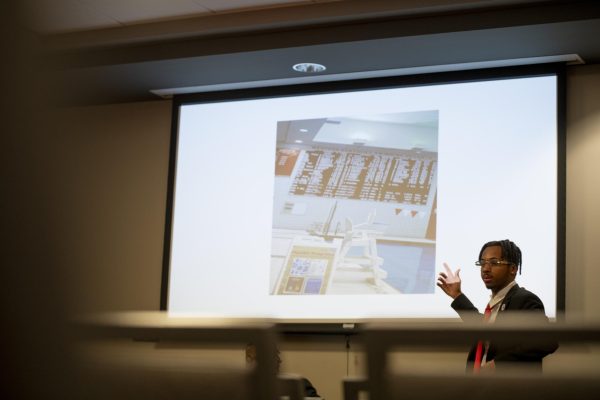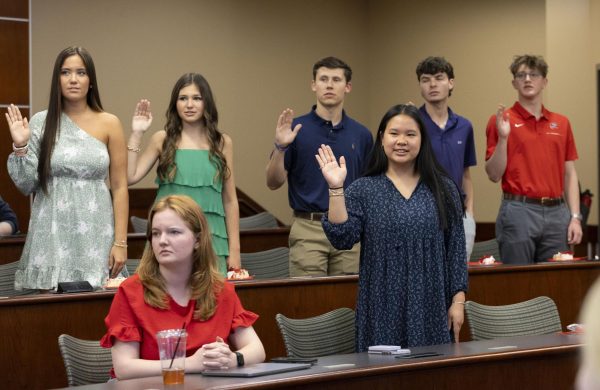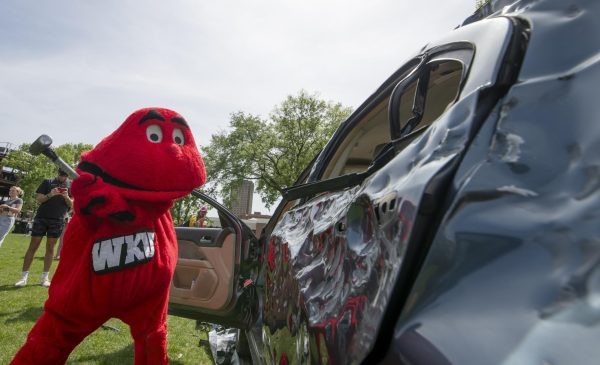Cell towers generate revenue
February 13, 2003
Cell phones may not be allowed in classrooms, but their signal is certainly present on the Hill — thanks to three towers on a campus building roof.
Western has allowed three cell phone companies to place their towers on the rooftop of Helms-Craven Library since October 2000.
The move has created more than good reception. It’s produced cash.
Bowling Green wanted to hold down the number of towers within city limits, said John Osborne, associate vice president of campus services and facilities.
“There is a desire, when possible, to avoid towers that are unsightly in terms of where they’re located,” Osborne said.
So city and county officials asked if Western would work out a deal with the cell phone companies to finding a better place for the towers, Osborne said.
Western was willing to help.
Each company was given a five year renewable contract, Osborne said. Every year, the companies each pay $18,000 for the “rooftop lease.”
Two years and three towers later, the library roof spawns $54,000 per year for Western, Osborne said. The revenue is divided between facilities and Information Technologies and goes into both departments’ general budgets.
“I take our piece and split it by half again,” said Richard Kirchmeyer, vice president of Information Technologies. “One year networking will get it, another year telephone because they help with it, and the next educational TV because they help. I like to spread it around.”
Before the towers were installed, the companies provided a metal frame to support the rooftop towers, Facilities Management Director Doug Ault said. Now, the towers only require electricity.
Osborne said the companies pay all utility costs related to their respective tower, so there is no cost to Western.
Cingular, T-Mobile and TriTel came to Western and surveyed the possibilities of installing a tower, Osborne said. Their studies showed the Cravens roof was the best choice because it provided the best reception to both downtown Bowling Green and Western’s campus.
In the past, cell phone reception on campus was acceptable, but there were spots that remained out of range, Osborne said. The cell phone companies wanted to increase their signal strength around the Hill to better serve their customers.
Powertell, now T-Mobile, installed the first tower in October 2000. Cingular installed their tower in July 2001 and TriTell installed their’s in May 2002.
“Because of the geography of our campus, they provide better service and better reception in the area around campus,” Ault said.
No other cellular companies have expressed interest in putting a tower on Western’s campus, but Osborne said if they do, another roof top will have to be used.
Reach Jessica Sasseen at [email protected].

























